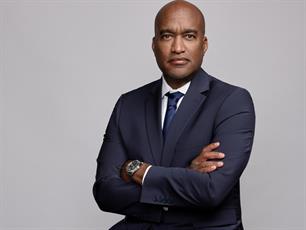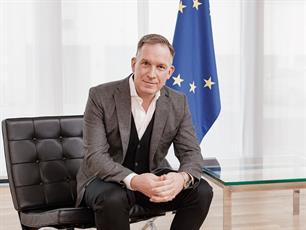Holmes Report 29 Aug 2011 // 11:00PM GMT
Euro RSCG PR's Marian Salzman (@mariansalzman) is your North America ThinkTank commentator. She will be responding to events in the region on a weekly basis, offering a provocative view of the PR issues at stake. You can reach Marian at [email protected]
I never liked the name Irene. Growing up in New Jersey, I had a crazy aunt with that very name, a religious zealot of sorts who would occasionally swoop into our suburban promised land from Brooklyn (when it wasn’t cool) and frighten me with her views. I have a vision of the long-dead Aunt Irene in a floral outfit and floppy hat, shaking a stick from the beyond because she never understood the modern inventions like aerosol that got us into this environmental pickle, and barking the proverbial “You were warned.”
So when this storm was named and projected to be a biggie, I knew right away that she would spell trouble—yet be pay dirt personified for a giddy media hungry for something to report on other than a weird earthquake in Virginia felt up and down the East Coast (#wtf).
And here’s the thing with hurricanes: Unlike earthquakes, there’s a projected path, and there’s even time to get out if you can. And that’s what made this such an ideal press event. The media had a full week to put up intense Doppler charts with enough lines and cones and computer models to make your head spin. The New York Times had a fabulous interactive tracker that charted the storm in real time (#irenemoveslikemolasses), so that one could not miss a minute of her substantive force. I heard she was bigger than Europe. That’s a lot of storm.
Because of social media and the new news being reported there, we’re keeping tabs not only on the Weather Channel—not to mention the actual storm itself, of course—but also on our extended network on Facebook and Twitter, admittedly freaked out about enduring this unprecedented weather event in the Northeast (#leavethattomiami).
After all, you might tune in to the Weather Channel and its epic headlines, but it’s really friends in Florida and the Carolinas who will warn you that you need to take out cash or that taping up your windows is all a big myth (#doesntwork). What unites us all is that we are weather-watchers now, not out of simple obsession but a need to feel at least a bit in control. Weather is the great common denominator, the equalizer on which we can all connect and commiserate.
It’s also a tremendous PR opportunity, at all levels. New York City Mayor Michael Bloomberg was ready for his close-up all week, ordering evacuations and being what many perceive as overly cautious. With all the hype, we expected skyscrapers to collapse, the subway system to flood and entire communities to wash away. But with memories of Katrina still fresh, it’s no surprise Bloomberg was treating this like a huge disaster in the making. After all, more than 40 people have died, $7 billion in insurance payouts is expected (at a time when we can’t afford it), and millions of people are facing the hardships of flooding and power loss.
President Obama chimed in, too, even returning early from his vacation to meet with FEMA and make sure everyone knew that whatever happened in New York wouldn’t mirror the events of New Orleans. But I can’t help but wonder: What about the other big-city mayors? Were the PR/communications officers of the other major metros hiding under their beds?
Looking ahead, I can only imagine what this winter will bring. I’m going to start watching the Weather Channel now to help prepare for the next insane weather event. And I’m also going to blame it all on my Aunt Irene. This is clearly her fault (#ineverlikedheranyway).


































.jpg)





.tmb-135x100.jpg)











